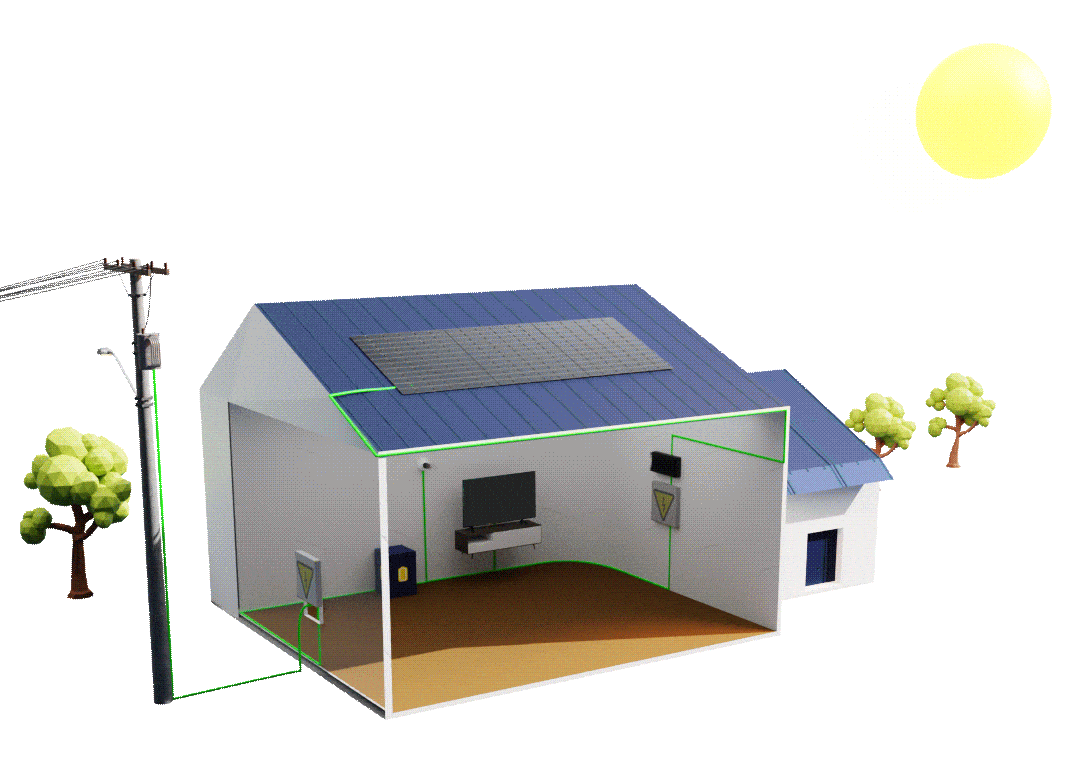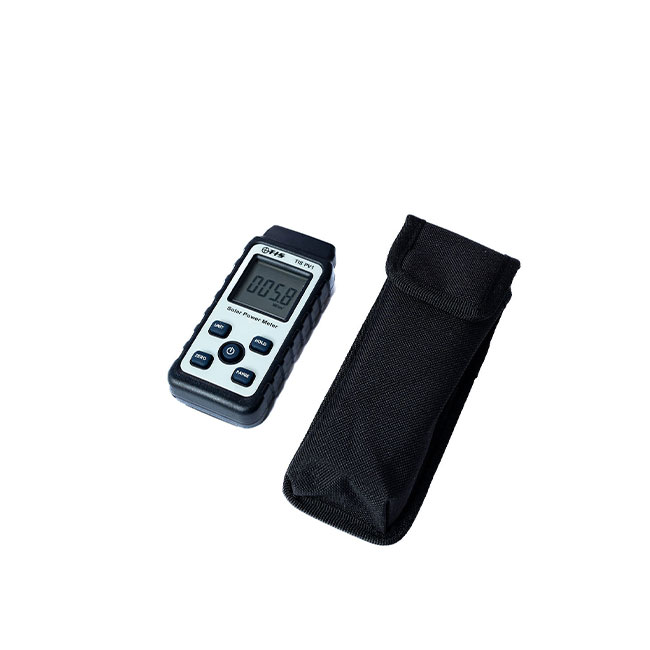
Solar panels – also known as photovoltaic (PV) panels – are an expensive investment regardless of whether you have them installed in a home or a commercial business. At the time of investment most people will calculate the ‘return on investment’, ie. the point at which the energy costs saved start to exceed the initial investment. This can take a number of years, but equally, the PV panels should last a number of years. But an important factor in justifying an investment is ensuring the panels are receiving the amount of energy needed. This will enable you to generate the electricity required and hence the savings on not paying for electricity from the national grid.
What is irradiance?
PV panels generate electricity using the sun’s energy, so we need to know that the sun is providing sufficient radiant energy in order for a PV panel to generate the electricity we need. Irradiance is the amount of this solar energy per unit area that is being received on a surface at a particular angle, and in this case a solar PV panel. Irradiance is measured in watts per square meter and comes in the form of electromagnetic radiation. An irradiance meter therefore allows you to measure how your solar PV panel is performing and ensures you are getting the maximum output from your PV system.
Even if a PV system is installed correctly, it may not be producing the specified amounts of irradiance or the optimum amounts that are possible. So the irradiance meter has a light sensor which enables you to check the performance of the panels at regular intervals with high accuracy and fast response, but also, it enables you to identify the best location for a PV system before it is installed.
The location of a PV system determines the amount of irradiance the panels will receive. So you can use an irradiance meter to measure and compare the amounts of sunlight intensity at various locations and with panels tipped at various angles, and also at various times of year, because obviously these readings will differ according to where the sun is in the sky and how intense the sunlight is. You don’t want to be moving your panels three or four times a year of course, so an irradiance meter enables you to compare readings and find the location that gives you the best average readings throughout the year.
Measuring irradiance using an irradiance meter
Using a handheld irradiance meter such as the TIS PV1 supplied by Test Instrument Solutions, enables you to take irradiance measurements before and after installation.
- Do not use a lux meter, this measures light not irradiance, use an irradiance meter.
- Ideally carry out your testing on a bright sunny day and in the morning, when the PV panel is cool. This will give you the most accurate readings. Cloudy conditions and even fast-moving clouds on a windy day can affect your results.
- Place the irradiance meter on the panel face up.
- Try to position the meter so that the in-built probe is at the same angle as the solar panel. This means you are mimicking the performance of the panels as accurately as possible.
- The meter will instantly display the irradiance in watts per metres squared.
- The TIS PV1 is also available as part of the TIS PV2KIT, which includes a TRMS clampmeter & MC4 test leads to confirm the output voltage & current corresponds with the expected power output.
- Make a note of this measurement and the location, and make sure you note the time and date. This allows you to document and analyse seasonal changes and how the irradiance measurements vary over the year.
- Repeat the test for all the individual panels in your installation. This allows you to check the location and angle of all the panels and also diagnose where connection or performance issues may exist.
Please note that this section is for information purposes only. Anyone using equipment referred to in this section must be suitably qualified and/or experienced within the respective field. If in doubt before use, please consult a qualified electrician or engineer & thoroughly read all instruction booklets.